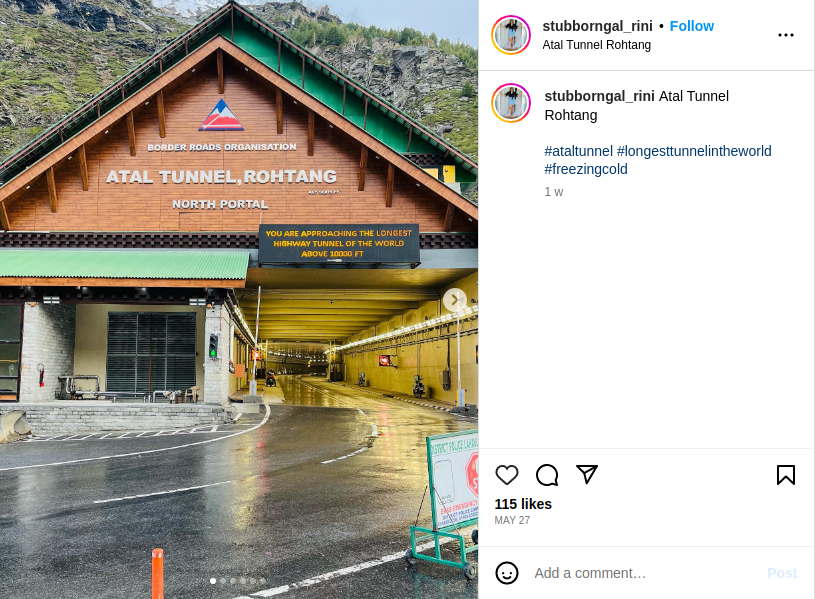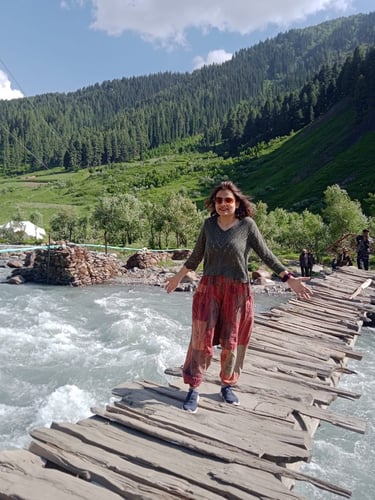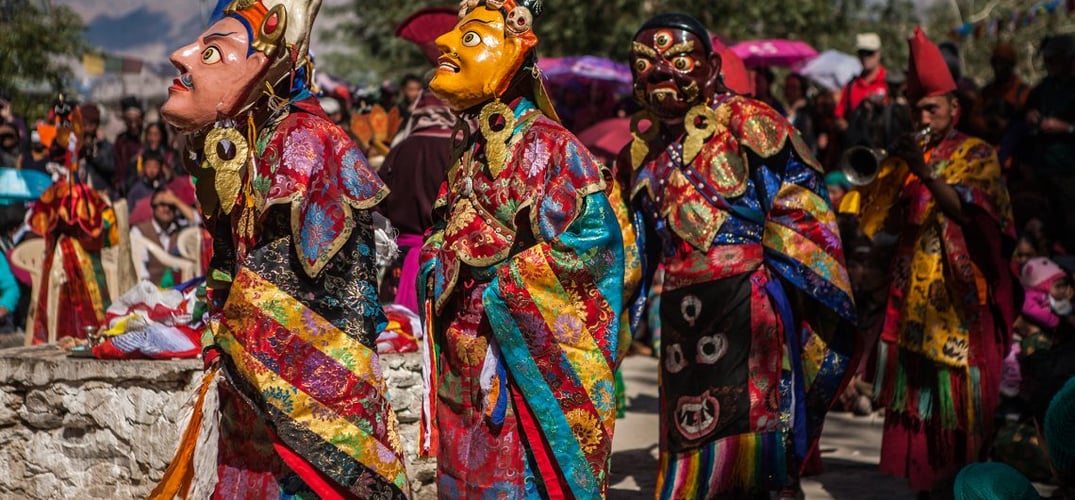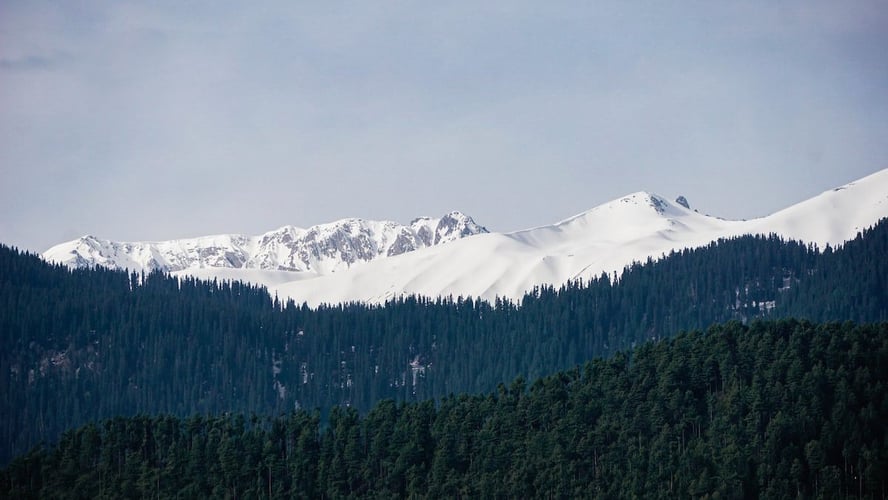Cycling Trip Across Atal Tunnel
Cited as the ‘World’s Longest Highway Tunnel above 10,000 Feet’, by the World Book of Records, and a piece of sheer engineering marvel, the iconic Atal Tunnel was inaugurated in October 2020. Named after India’s former Prime Minister, Atal Bihari Vajpayee, who greenlit the project, the 9.02-kilometre single-tube highway tunnel is built under the Rohtang Pass, connecting Manali to Leh. There are two gateways, the South Portal is located about 25 kilometres from Manali and the North Portal opens near Sissu in Lahaul Valley in Himachal Pradesh.
The horseshoe tunnel has trimmed down the travel time to 2 hours compared to the previous arduous 6 hours on potholed roads, bypassing areas that were prone to road obstructions, landslides, and traffic snarls.
Planned as an all-weather and all-seasons route, it is touted as the lifeline of a chunk of Himachal Pradesh as well as the Union Territory of Ladakh. The tunnel links remote areas of the two states to the rest of the country and has improved the convenience for locals residing here. Additionally, it has helped the armed forces to connect strategically important zones. This is especially relevant in the freezing winter months when the Leh-Manali Highway would remain closed for travel and isolated from the rest of the country for six months. Supplies, goods, and emergency equipment can now traverse through the tunnel without interruption, all year round.
Escape channels within main tunnels are the norm globally, however, in India, the Atal Tunnel is the country’s first passageway to have one because of the terrain. It is also the first transport channel to deploy the Rowa flyer technology – a customised level of automation – which enables engineers to work at inverted or floor levels. There are essential facilities at short distances including telephones, fire hydrants, emergency exits, air quality monitoring, and automatic incident detection systems with CCTV cameras, inside the tunnel.
The double-lane tunnel has been instrumental in boosting tourism in the area, with visitors flocking to see and travel through the highway. This has helpfully created employment opportunities for residents in the area.
Challenges: The tunnel took over ten years to be completed. The most taxing task was to continue digging through heavy snowfall and unpredictable weather in winter. Drilling was required at both ends of the motorised passageway. However, as Rohtang Pass closes during the winter months, the northern entry was not reachable and the boring was only done from the southern entrance.
Moreover, parts of the region have delicate geological conditions which led to the tunnel’s face collapsing regularly. Piercing points had to be limited due to fractured rocks owing to the location and problematic topographical outline. Disposing of a huge amount of excavated rock and soil, and lakhs of litres of water, slowed down headway in the excavation.
There were problems with continual funding and environmental questions were also raised about the impact of depleting green cover by cutting down more than 700 trees.
Cycling Through Atal Tunnel: First-person Account:
At the age of 61, Brigadier YVR Vijay (Retd.) from the Indian Armed Forces, an esteemed senior officer who contributed significantly towards infrastructural development in the Jammu and Kashmir region, undertook the picturesque 1- day journey to Rohtang Pass, via the Atal Tunnel shortly after it had been inaugurated, solo. A lifelong cyclist and a keen sportsperson, this was not his first lone biking trip in the hills and he had undertaken multiple excursions, especially to Rohtang Pass, in the past. He stated that cycling through the smooth tunnel in early April was marvellous and one could still see snow-tipped elevations. Inhaling fresh mountain air coupled with the pristine quietude made the long journey soothing.
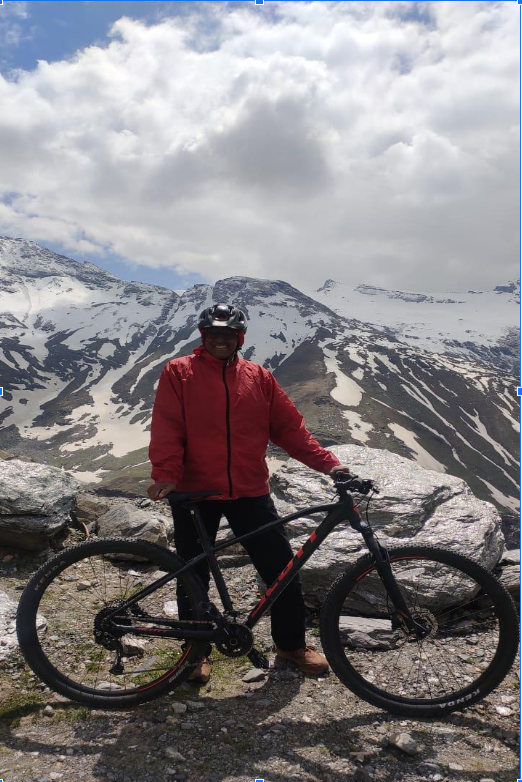
The landscape around the architectural wonder is beautifully scenic. The pyramid-shaped Hanuman Tibba summit – the highest mountain in the Pir Panjal Range – falls on one side of the tunnel and the Seven Sisters – a group of peaks laden with apple orchards – is the opposite view. The visage presents a perfect blend of deep green forests, mighty Himalayan peaks, icy glaciers, charming Dhundi and Keylong valleys, rivers, and the Sissu waterfall.
There is a refreshment shop before the tunnel for tea and biscuits to provide adequate body fuel before the lengthy trip. Overtaking is not permissible in the tunnel, with a divider running through the centre, and the maximum speed is 40 kilometres. The passageway is lit through the entire stretch. Although the last bit of the tunnel is steep, it is manageable. However, extreme caution is advised whilst cycling downhill as the bike tends to zip down the slope and appropriate control is required.
The Chandra River and Sissu scenery with mist-laden skies greet the cyclist once out of the tunnel, and it is an ideal spot to click photographs.
The veteran senior officer offered important tips before undertaking this trip:
- Start the trip early preferably around 7 am.
- Quick nutrition before the journey is of paramount importance. Eat light but have nutritious food such as bananas, almonds, and vitamin supplements to boost energy.
- Layer your clothing. One tends to feel cold before commencing the trip and hot afterward. Make sure you are clad well in biking shorts, padding, and comfortable shoes.
- Take appropriate gear. Helmets, gloves, water, and portable medical equipment are recommended.
- Invest in a well-rounded mountain bike with optimal seat height, brakes, and wheel alignment.
- Respect your breathing and fitness levels. Do not cycle if you feel uneasy and take frequent breaks.
- Monitor your pulse and heart rate.
- Always have a support vehicle following you with extra clothes, food, water, and medical supplies. This is especially vital if one needs to rest.
- Train yourself for at least a month before undertaking the journey. It is advisable to cycle for a few hours daily on different terrains not only to advance fitness levels but also to train oneself to sit on a bike seat for long periods.
Explore the Hidden Gems Near the Atal Tunnel:
Previously, harsh weather conditions made it impossible to visit hidden treasure troves tucked away in Himachal Pradesh and Ladakh. The Atal Tunnel has made that feasible and places like Solang Valley, Dhundi, Sissu, and the far-flung hamlets of Lahaul Valley, can be reached with ease.
Hampta Pass:
Himachal Pradesh’s Valley of Flowers is a beautiful crossing that presents two dramatic views. On one side lies the green flora-rich valley of Kullu with flowers blooming. The other side is the stark, arid landscape of Lahaul, with barren mountains and rugged terrain. The striking contrast is a remarkable sight and it holds pride of place for trekkers climbing over several ledges, to reach the pass.
Deo Tibba:
The second-highest peak of the Pir Panjal range, Deo Tibba, is a unique dome-shaped summit without a singular sharp point. A flat, plateau-like ceiling of ice, distinguishes the peak from the other mountains. The stunning terrain of huge meadows adorned with a colourful spread of wildflowers, and a panoramic view of the entire mountain range, make this spot truly fascinating. Legend says that it is the meeting point of the devtas or Gods, who are believed to assemble atop the peak to discuss matters of utmost importance!
Rohtang Pass:
A high mountain pass serving as a gateway to the picturesque Spiti Valley, the Rohtang Pass is located at an altitude of 13,000 feet in the Pir Panjal range, connecting Kullu Valley to Lahaul and Spiti. One needs to remain vigilant near the pass to avoid hazards, as the road gets extremely narrow. The panoramic views laid down like a stunning postcard, however, are worth the trip. The majestic Himalayan mountains with thick, immaculate white snow, beautiful glaciers, and the river Beas, silently greet the awestruck traveller. A cup of hot chai here is all that is required to seal the experience.
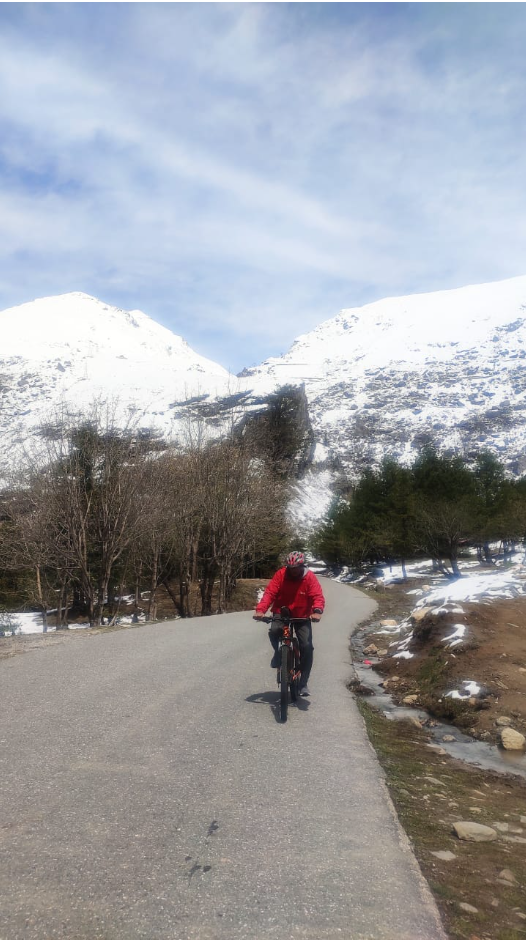
Exploring Himalayan beauty requires time to savour. The Atal Tunnel provides a quick lens to peek into the magnificence of the natural splendour that ties people across two territories. Due to its structural genius on inhospitable ground, the tunnel is a key tourist attraction and there is a guided visit of the tunnel for students and tourists. Although the preferred mode of transport to cross the tunnel would be an automobile, cycling through the state is an experience unlike another. Call Offbeat Tracks to plan your all-weather cycling trip through the wonderous construction of the Atal tunnel.
